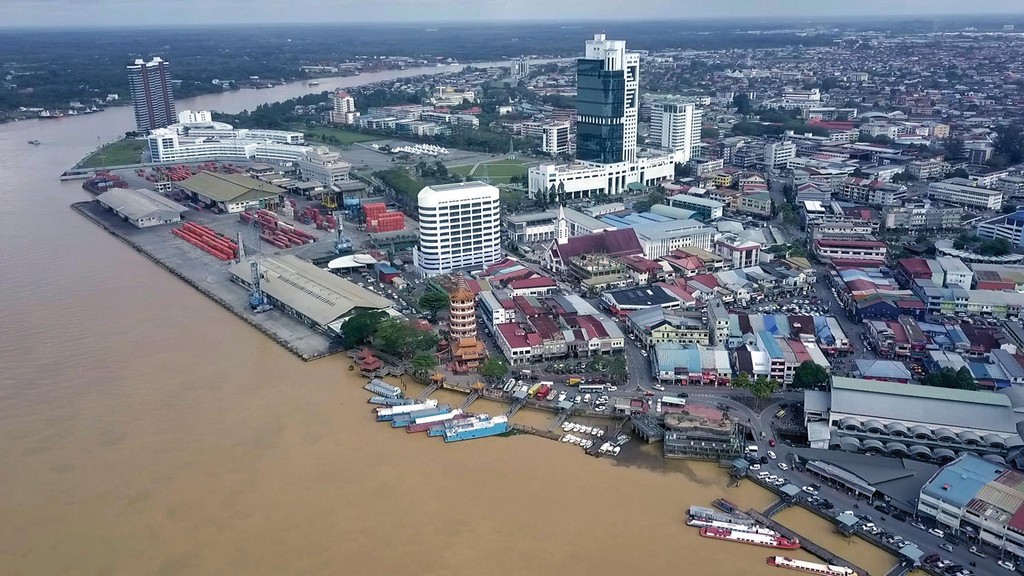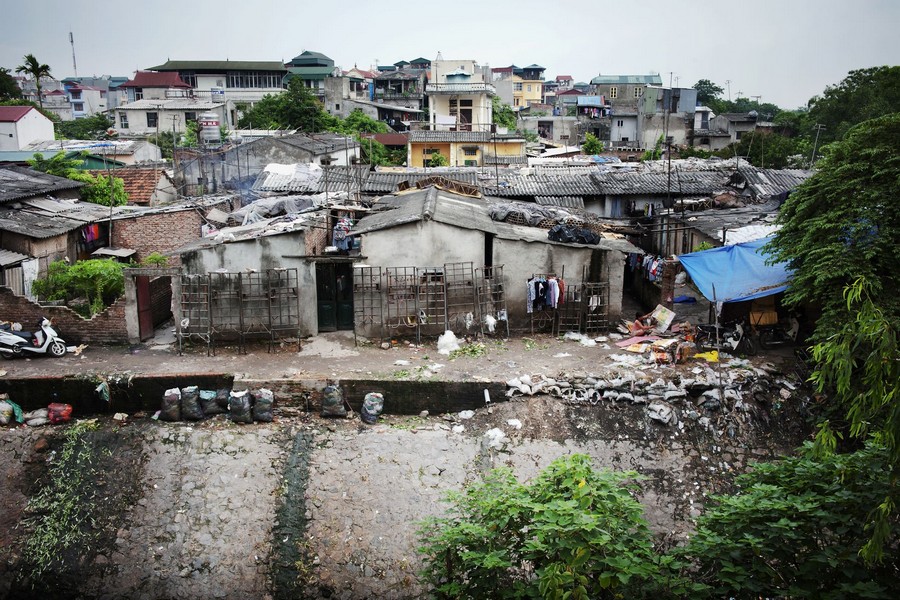Homelessness is an ongoing global challenge occurring in urban areas in numerous countries, irrespective of whether they are developed or developing.
An estimation by the United Nations Human Settlements Programme suggests that around 1.6 billion people live in houses that are not adequate, stable and safe, and are unable to afford them. Out of this, one billion people live in informal settlements and slums.
However, actual numbers could be greater, because an internationally accepted definition of homelessness has yet to be established to truly reflect the problem.
The Office of the High Commissioner for Human Rights (UN Human Rights) notes that the way governments, as well as international agencies, researchers and civil societies, consider what makes one homeless based on “language, socio-economic conditions, cultural norms, the groups affected and the purpose for which homelessness is being defined.”
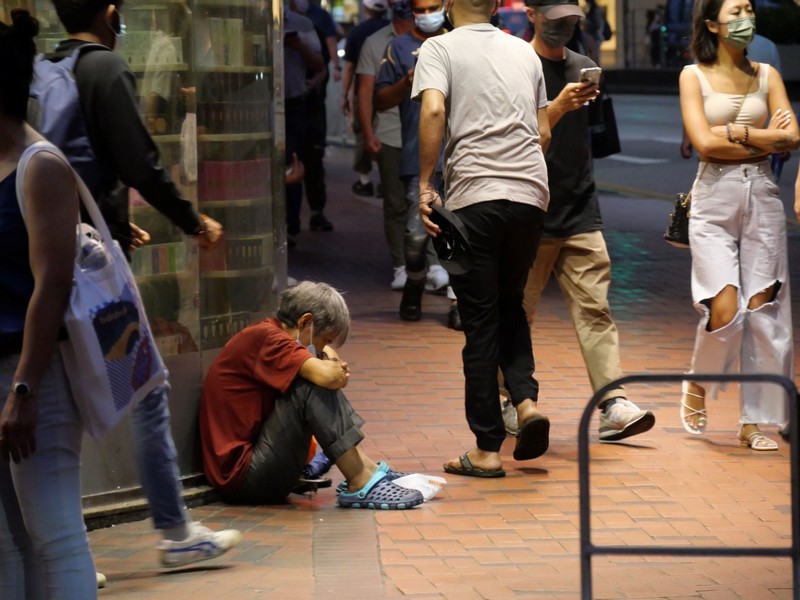
This lack of coherence in what truly defines homelessness poses various challenges for these stakeholders to tackle the problem, because its impact, the UN Human Rights argues, does not only involve people being deprived of physical shelter, but also of social connection and inclusion of being part of society.
Consequently, interconnecting aspects of public health, mental illness, domestic violence, unemployment and many other social concerns arise, further compounding this overwhelming problem and negatively affecting socio-economic growth.
To address this urgent matter, the United Nations (UN) issued the first resolution on homelessness at the 58th Session of the Commission for Social Development in February 2020.
Under this resolution is a call for every member state to measure homelessness and most importantly a more proper definition of homelessness that stakeholders can refer to, which goes:
“Notes that homelessness is not merely a lack of physical housing, but is often interrelated with poverty, lack of productive employment and access to infrastructure, as well as other social issues that may constitute a loss of family, community and a sense of belonging, and, depending on national context, can be described as a condition where a person or household lacks habitable space, which may compromise their ability to enjoy social relations, and includes people living on the streets, other open spaces or in buildings not intended for human habitation; people living in temporary accommodation or shelters for the homeless, and, in accordance with national legislation, may include, among others, people living in severely inadequate accommodation without security of tenure and access to basic services.”
This definition is based on the Institute of Global Homelessness (IGH) framework, which was first outlined in 2015 and successfully piloted in a number of nations before being presented at the UN Department of Economic and Social Affairs group of experts in Nairobi, Kenya.
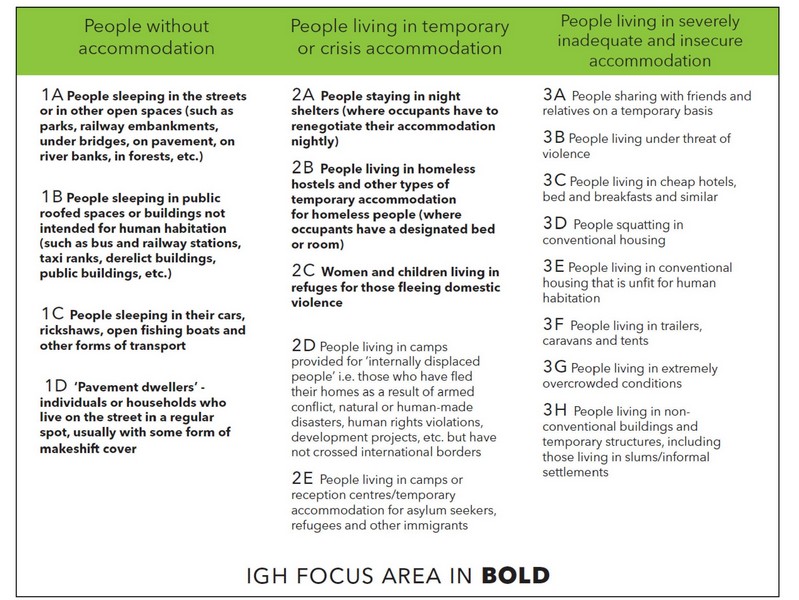
The Malaysian Scenario
Matters regarding homelessness in Malaysia fall under the responsibility of the Ministry of Women, Family and Community Development (KPWKM) and involves government welfare organisation such as Desa Bina Diri, Rumah Ehsan and Rumah Seri Kenangan.
The ministry based their efforts to support homeless people based on their categorisation as destitute persons, which is defined in the Destitute Persons Act 1977 as:
- “A person found begging in a public place in such a way as to cause or likely to cause annoyance to people who commonly visit the place or become a nuisance; or
- “An idle person found in a public place, whether or not he begs, who has no visible means of subsistence or place of residence or one who cannot talk about his condition satisfactorily.”
However, experts opine that a more holistic definition is required to ensure proper assistance and sufficient shelters are available for homeless people, especially in establishing more effective policies, implementing regular monitoring, and obtaining accurate statistics.
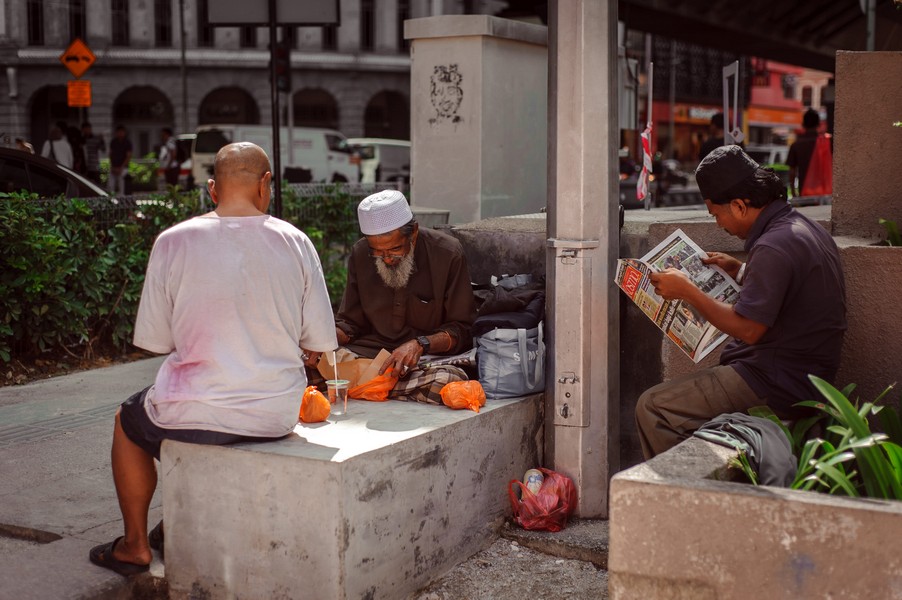
In her commentary on ways to support the homeless in the country, research analyst at EMIR Research Sofea Azahar summarised three “suitable definitions” for homelessness based on past research:
- “Displaced and marginalised group;
- “The inability to access to housing which caused people to become houseless and there is possibility of getting homeless; and
- “Related to bad planning and designing of houses for the poor and hardcore poor.”
“The government and participating organisations need to fix a clear definition of ‘homeless’ in order to prevent inefficient policies or the understatement of the reality of homelessness,” she said, more so when the public’s perception on the problem are usually negative.
Specifically, there is a generalisation of homeless people being lazy and trouble makers who are prone to make bad decisions and are ignorant of the society, when the truth is that many tend to be victims of circumstances.
Homelessness is of grave concern during the COVID-19 pandemic, where more and more people are likely to end up on the streets due to unemployment, poor incomes, lack of affordable housing, depression and many other contributing factors that have existed even before the start of the public health crisis.
Although various government agencies and non-governmental organisations (NGOs) are doing what they can to help the homeless in this difficult time, long-term solutions are needed to overcome the problem – which begins with establishing a proper definition of homelessness.
“Helping the homeless should also be a shared responsibility between the government, welfare implementing agencies, NGOs and the public as a whole,” elaborated Sofea.
Some of the measures she proposed are policy formulation based on active participation and feedback from NGOs; provision of minimum wage, steady employment and home protection scheme; as well as the establishment of a Ministerial Working Group among key ministries such as KPWKM, the Ministry of Health and the Ministry of Human Resources.
